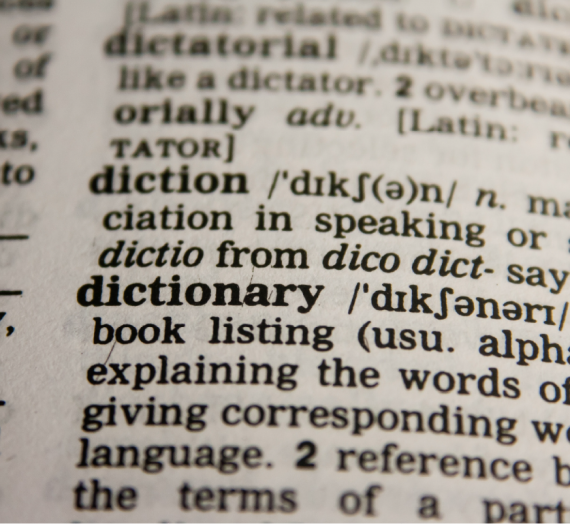Editors need to understand the user experience in order to guide writers through the essential UX writing processes.
Tailoring content to the user experience (UX) applies a design process familiar to many professionals. All professions, whether STEM, humanities, or anything in between, use the same foundational patterns of the design process: define, design, evaluate, iterate, and implement. Editors can learn the UX process with a technical and professional communication (TPC) education. In the editorial process for improving UX, editors must think beyond traditional editorial methods and incorporate elements from the design process into their editing. By doing so, editors ensure that authors communicate their messages to readers unhindered by poor linguistic, structural, or contextual design choices.
THE RESEARCH
In a study titled “Trust the Process: A Scalable Model for UX Pedagogy,” Emma Rose and Heather Turner identify the methods TPC programs use to teach UX design within a variety of disciplines. The expansive nature of UX focuses on elements like visual design, human-centered design, usability testing, and content patterns.
Rose and Turner used two instruments to gather information: a questionnaire distributed to 80 instructors asking about the definitions, views, and materials they used when teaching UX, and 22 recorded interviews. The resulting data allowed the researchers to investigate how TPC instructors approach teaching UX. Transcripts of the interviews were coded to identify patterns and categorize methods into stages of the UX design process.
The data indicated that the sampled TPC programs did not use a universal set of design principles or order of steps to teach the UX design process, and instructors used many combinations of design principles to teach students the flexibility of the design process. Even so, the design pattern Empathize-Define-Design-Evaluate-Iterate (or a slight variant leaving off the Iterate step: Empathize-Define-Design-Evaluate) appeared most frequently throughout the process. The research also found that incorporating UX design case studies in a curriculum provides “a variety of conditions for meaningful UX work to take place and provides stakes and heightened expectations” (Rose and Turner 2023).
“ This authentic rhetorical situation provides a variety of conditions for meaningful UX work to take place and provides stakes and heightened expectations.”
Rose and Turner (2023)
THE IMPLICATIONS
Although UX courses in TPC may not be comprehensive, editors can still familiarize themselves with the UX design process so they can help authors write effectively for improved reader experience. For example, an editor could use the Empathize step to enhance the reader experience by conducting user research on the audience’s needs, preferences, and behaviors related to the author’s topic of interest. When editors understand the foundational process of UX design, they can identify the important components within text and suggest changes to add clarity and emphasis to the author’s content.
By stepping beyond their usual experience of copyediting and substantive editing, editors may apply UX design principles to mediate the needs of the reader and the goals of the author in a way that is beneficial for everyone engaging with the text.
To learn more about how using a UX approach to the editorial process is beneficial, read the full article:
Rose, Emma J., and Heather N. Turner. 2023. “Trust the Process: A Scalable Model for UX Pedagogy.” Journal of Technical Writing and Communication. https://doi.org/10.1177/00472816231210234.
—Madison Mulvey, Editing Research
FEATURE IMAGE BY DAVID TRAVIS
Find more research
Take a look at Carol Gerich’s (1994) article to learn more about editors’ impact on technical professional communication: “How Technical Editors Enrich the Revision Process” Technical Communication 41, no. 1, pp. 59–70. http://www.jstor.org/stable/43090914.
If you’d like to learn more details about how to conduct a usability test and gather feedback to assess what the text is doing for the readers, read Candace Soderston’s (1985) “The Usability Edit: A New Level” Technical Communication 32, no.1, pp. 16-18.




